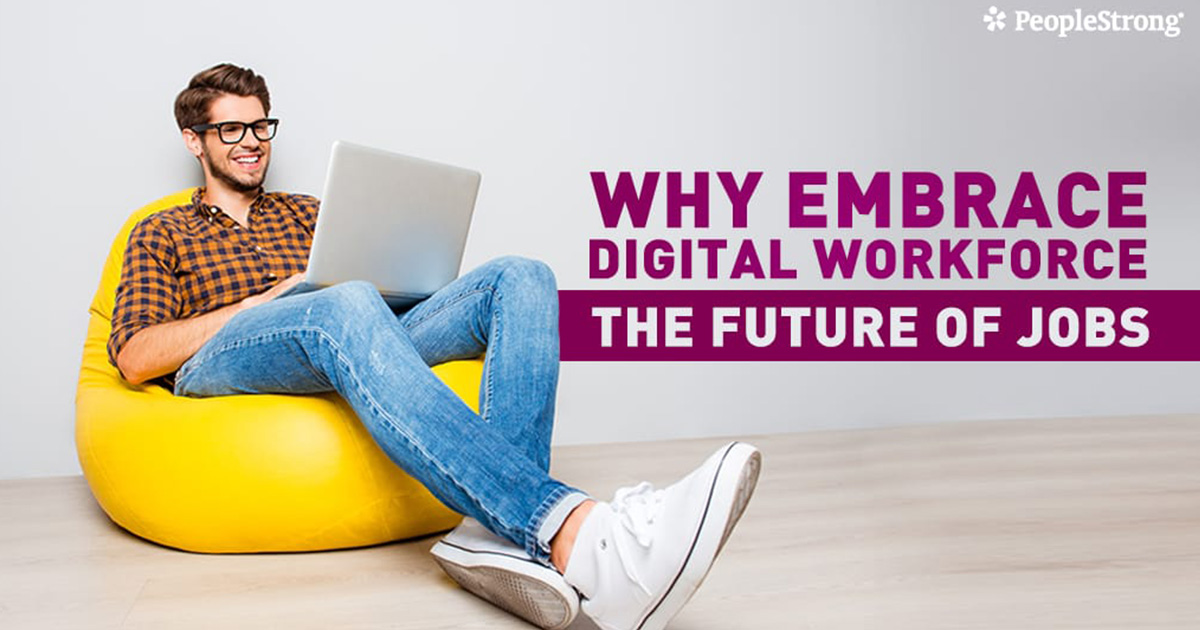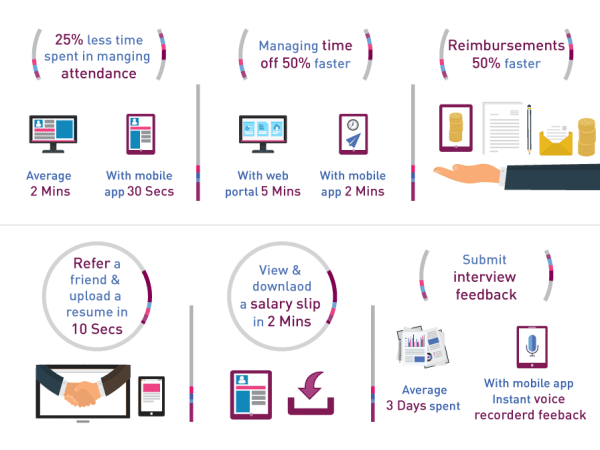
Two questions that never cease to instigate interest from anyone about anything are “What’s in the future” and “What’s new?” The world of work and jobs is not at all different. Especially, in the past few months, the world has been abuzz with what or what not will be the future of work.
While one school of thought says that the future will completely disrupt the current scheme of things at work and workplaces; there is a group that says that we have overestimated the changes we might see in the future. While only time will tell which view is closer to reality, here is our take on various aspects that will shape up the world of work in the coming years!
From ‘job’ as we know it to ‘meaningful work’
If we look at the global data from the population of about 7 B, 3.5 billion falls under the working population. Of this, 60% is still operating in the informal segment. If the current predictions are to be believed, in the coming year, the classification is going to change phenomenally. It is estimated that 20 to 30 percent of the working-age population globally will be engaged in independent work or gig economy as people call it. The change is very visible in mature economies like the US and Europe, as a significant part of the working population is choosing to operate in project-based mode. India is not that far behind in catching up the curve. As per an estimate, the number of workers being hired as freelancers or contract workers in the Indian job market has raised from 20 percent to 25 percent in the contingent workforce in the past two years.
The concept of traditional 9-5 jobs will soon fade away and offices will be more of meeting and discussing places rather than sitting and working spaces. The millennials will favor flexible working hours, dabble between multiple jobs and have a short-term worker-client relationship.
Sounds fictional? Let me pick a case in point from our darling “IT sector”. The four major category of jobs that existed traditionally in this sector were: Designing, Coding, Integration & Testing. Today, the coding and testing part is channelized to project-based roles and outsourcing business respectively. For one of our leading customers in the space, 30-40% of this work is managed through “gig” projects. What remains in-house is the job of designing and integration. Same is true for various other job types.
This impetus on the adoption of the independent workforce is thriving through digital platforms like Upworks, freelancers, etc. which are creating larger and more efficient marketplaces to connect freelancers with buyers of their services. Making the proposition of work exciting for the “born-free” generation.
Tracking the work and output: The Digital Way
We are working with and for a “born free” workforce which demands better user experience and quick turnaround time around everything. Today the journey for any HR leader is to apply a consumer and a digital lens to the HR function creating an employee experience that mirrors their best consumer experience.
If you have a smart and independent workforce, your HR systems should be way smarter. With HR transactions being managed in a few clicks and taps, there has been a remarkable transformation in the level of efficiency at the workplace. To give a few examples:
- The time required to manage attendance earlier with manual registers and biometrics has come down from 2 minutes to a mere 30 seconds per employee.
- Applying for reimbursement is no more a bulky physical task; all you can do is click a picture and upload from your HR mobile app in less than 10 seconds, making the overall process 50 percent faster.
The infographic mentioned below will break the nuts and bolts on how much time can be saved if we switch to HR mobile apps and automation.

Power of intuitive intelligence: Intersection of HR & AI
According to a research by Desk.com, more than 22% of millennials expect a response within 10 minutes of reaching out to a consumer brand. That’s why a lot of consumer brands are increasingly turning to chatbots to offer 24×7 service and answer their questions instantly. This very well holds true for HR teams as well; the workforce today expects a superlative experience when it comes to managing their life at work.
Chatbots and Artificial Intelligence is a natural solution to meet these expectations. These chatbots work in the capacity of a personal work-life assistant and help the workforce with anything and everything right from workforce queries or transactions to taking data-driven decisions. For example, if an employee wants to plan a vacation at 12 midnight, all he has to do is chat with the bot, and get it done in a short conversation. Queries like an update in employee personal data, instant leave, getting salary slips, etc. can also be managed in a split second.
Becoming the next Fintech
HR tech start-ups are bringing a radical change in transforming the HR practices in the B2B business, a lot of changes are expected ahead in the ecosystem in areas of deep machine learning, artificial intelligence, and virtual reality to manage the workforce. The potential is huge in the HR Tech market, there will be new investment opportunities. HR Tech will be the new Fintech that will come forward to provide integrated solutions for organizations in the future.
PeopleStrong is a leading HR Technology Solutions Provider with a suit of applications like Alt Recruit, Alt Worklife, Alt Learning, Alt Payroll and Alt Messenger which are built to help organisations like yours benefit from latest HR and Technology processes. To Know More how we can help your organisation, please Contact us.
This article is part of PeopleStrong & PeopleMatters Learning Initiative

